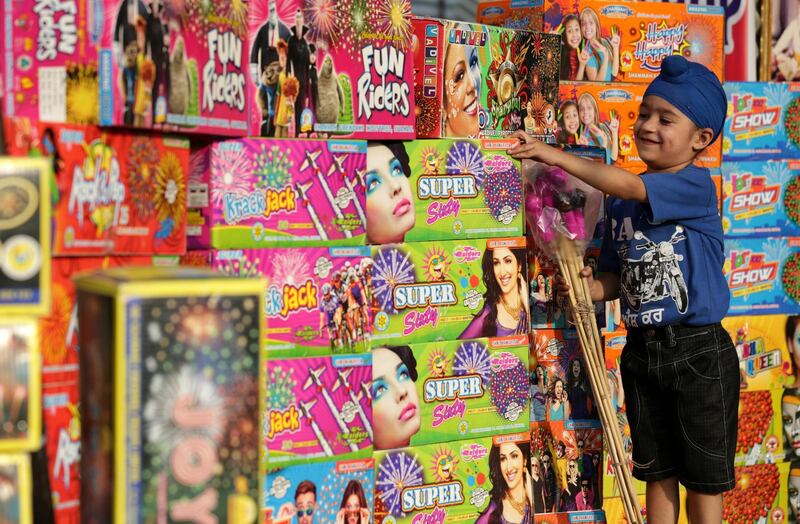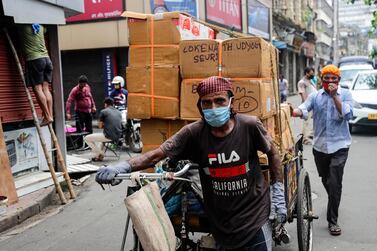India’s biggest banks are stepping up loans to consumers, betting that people will take advantage of low interest rates to buy homes, cars and gifts as the economy reopens in time for the festival season.
State Bank of India, HDFC Bank, Axis Bank and ICICI Bank have seen their retail loan book grow between 2 per cent to 6 per cent in July-September from a quarter ago after mostly shrinking in the previous three months. They’re benefiting from more money in the hands of government employees as Prime Minister Narendra Modi looks to cushion the economy from the coronavirus, which is showing early signs of easing in the nation with the second-worst outbreak.
“We don’t expect to see any major challenges in quality of the retail loan book because the customers we serve are mostly in government and quasi-government jobs,” SBI chairman Dinesh Khara said. “We are giving home loans mainly to first-time home buyers, similarly 95 per cent of our unsecured personal loans are to government and defence employees” who are relatively safe customers, he said.
A range of economic indicators – from tax receipts to fuel sales – show Asia’s third-largest economy is crawling back from a 24 per cent slump in output in April to June, when Mr Modi had locked down the country.
India’s biggest listed company, Reliance Industries, late last month rolled back pay cuts and consultancies predict bigger pay hikes across sectors next year. Official data show fresh daily infections are slowing to less than 50,000 from almost 100,000.
Still, a second wave poses the biggest risk to India, according to central bank governor Shaktikanta Das. He has slashed interest rates to the lowest level in two decades and pledged to keep an accommodative stance beyond the end of the financial year in March, allowing lenders to pass on the benefits to customers.
Despite the growth in retail loans, overall lending contracted by 0.2 per cent in July to September from the previous quarter as manufacturing slowed and bad debt kept corporate loans muted. A Supreme Court order is also protecting banks from tipping delinquent borrowers into the bad-loan bucket.
Lenders could also see a surge in unsecured retail delinquencies if companies don’t boost sales and jobs. SBI Cards & Payment Services, India’s largest credit card-issuing firm, said last month soured assets would have jumped to 7.5 per cent from 1.4 per cent if it wasn’t for the court’s standstill, even as retail spending increased by 50 per cent. The country’s second-largest lender HDFC Bank didn’t share its retail delinquency number while credit card loans rose 6.7 per cent.







